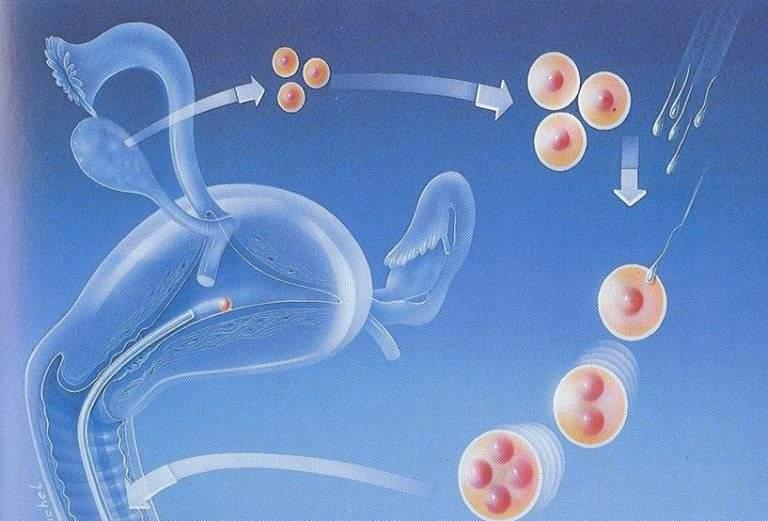Many IVF sisters have heard of third-generation IVF, so what exactly is this technology? What are the pros and cons?
First of all, the so-called third generation of IVF actually refers to the addition of pre-transfer genetic testing (PGT) on the basis of the first and second generation of IVF, which is subdivided into three types, PGT-A, PGT-M and PGT-SR.
PGT-A:
PGT-A is a non-integer multiple test before embryo implantation. Like the common trisomy 21 syndrome, also known as Down syndrome, is a typical representation of non-integer multiples. Normal people have 23 pairs of chromosomes, each of which is paired, and the non-integer multiples are missing one, or one more, or even two more, and so on.
Most non-integer multiple embryos will end in fetal abortion, and a small number will survive, but the children born will have serious defects. PGT-A on the embryo can significantly reduce this risk.
PGT-A, on the other hand, is mainly aimed at people with recurrent miscarriages and who are older than 40 years of age.

PGT-M:
PGT-M is a single-gene genetic disease test before embryo implantation. For example, like typical thalassemia, hemophilia, albinism and so on. If the parents carry a single-gene genetic disease gene, after the geneticist judges that the offspring have genetic risks, they can do PGT-M to avoid the inheritance of the disease-causing gene.
PGT-SR:
PGT-SR is a genetic test for mutations in the chromosome mechanism before embryo implantation. It is mainly aimed at abnormal chromosomal structure, such as chromosomal balance translocation.
In a word, the purpose of PGT technology is to avoid fetal abortion caused by chromosomal abnormalities, and to avoid inheriting abnormal chromosomes or genes to the next generation, thereby causing serious harm to the next generation.
It seems that PGT is very helpful for embryo health. So what are the disadvantages of PGT?
There are several main aspects:
First, because of the PGT test, the first need to raise a sac, and the process of raising a sac will lead to the loss of embryos, some friends with few embryos, may not have an embryo after raising a sac, let alone the next steps.
Second, although the current PGT biopsy technology is very mature, it is also a direct operation on the embryo. For embryos, it is certain that the less intervention is the better.
Third, there is a certain error in PGT. There are some chromosomal problems that cannot be detected. In addition, there are very few normally transferable embryos that will be screened out by PGT errors.
However, in general, PGT still has a very important position for achieving eugenics.